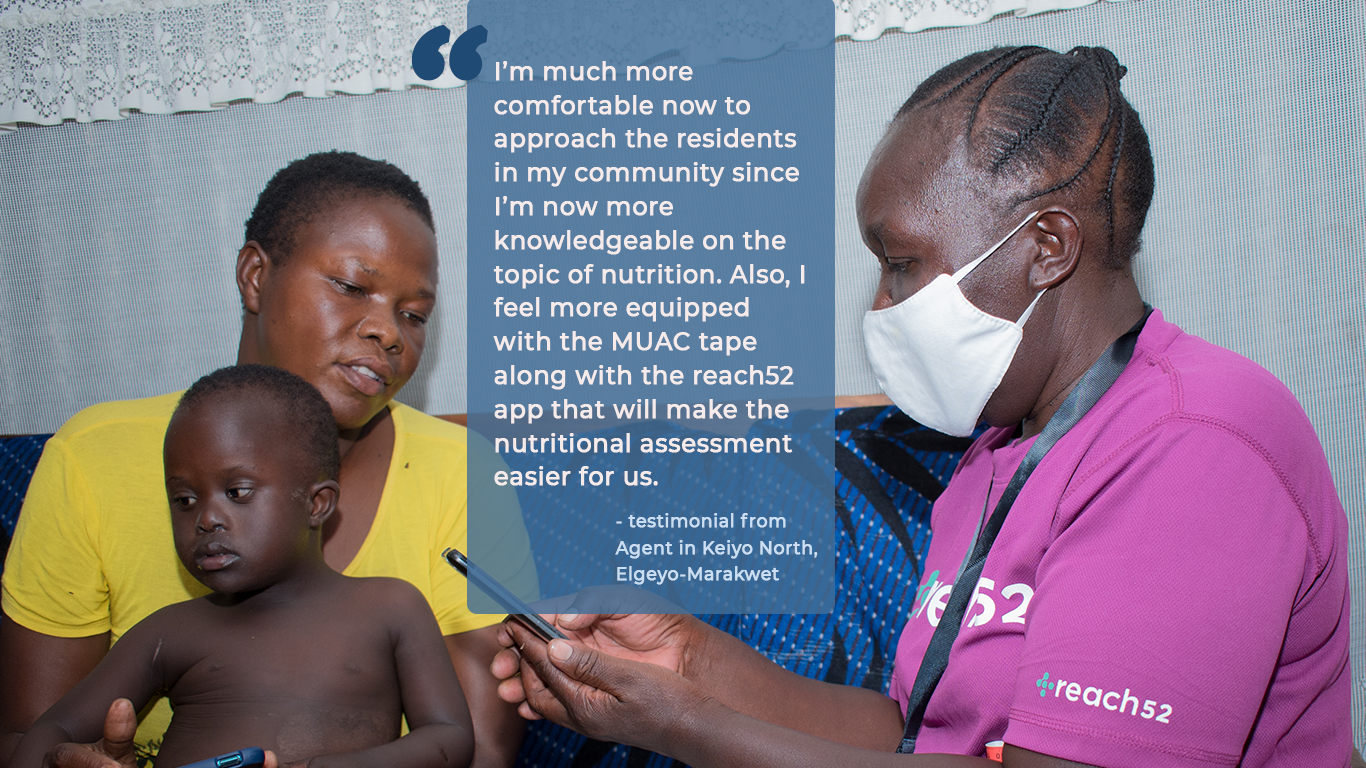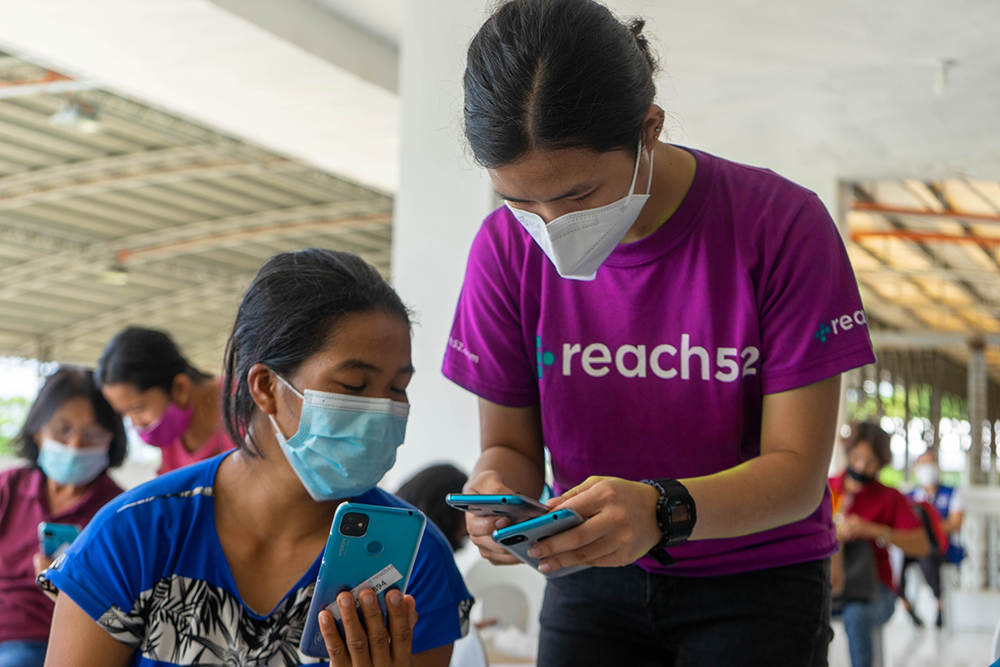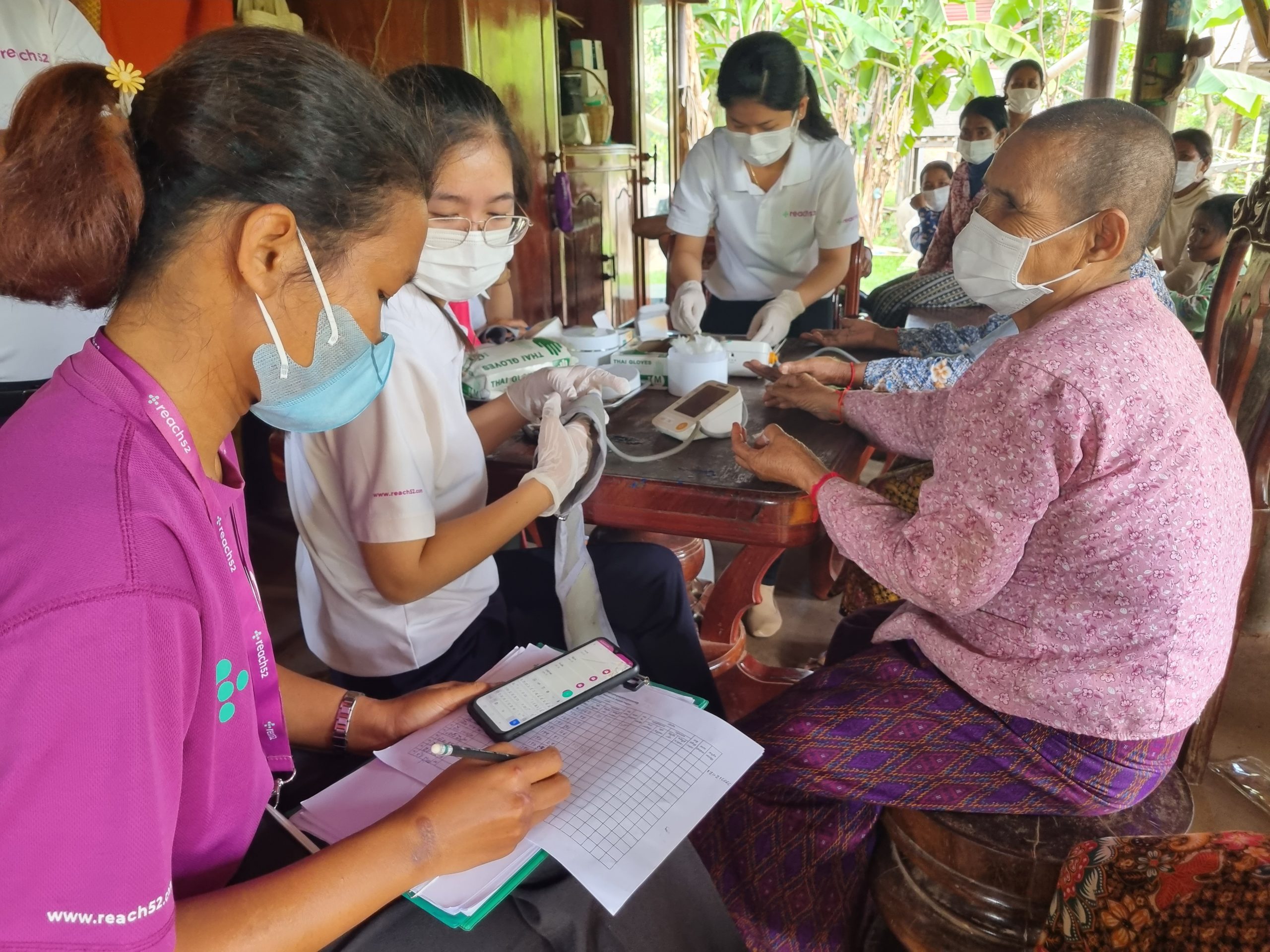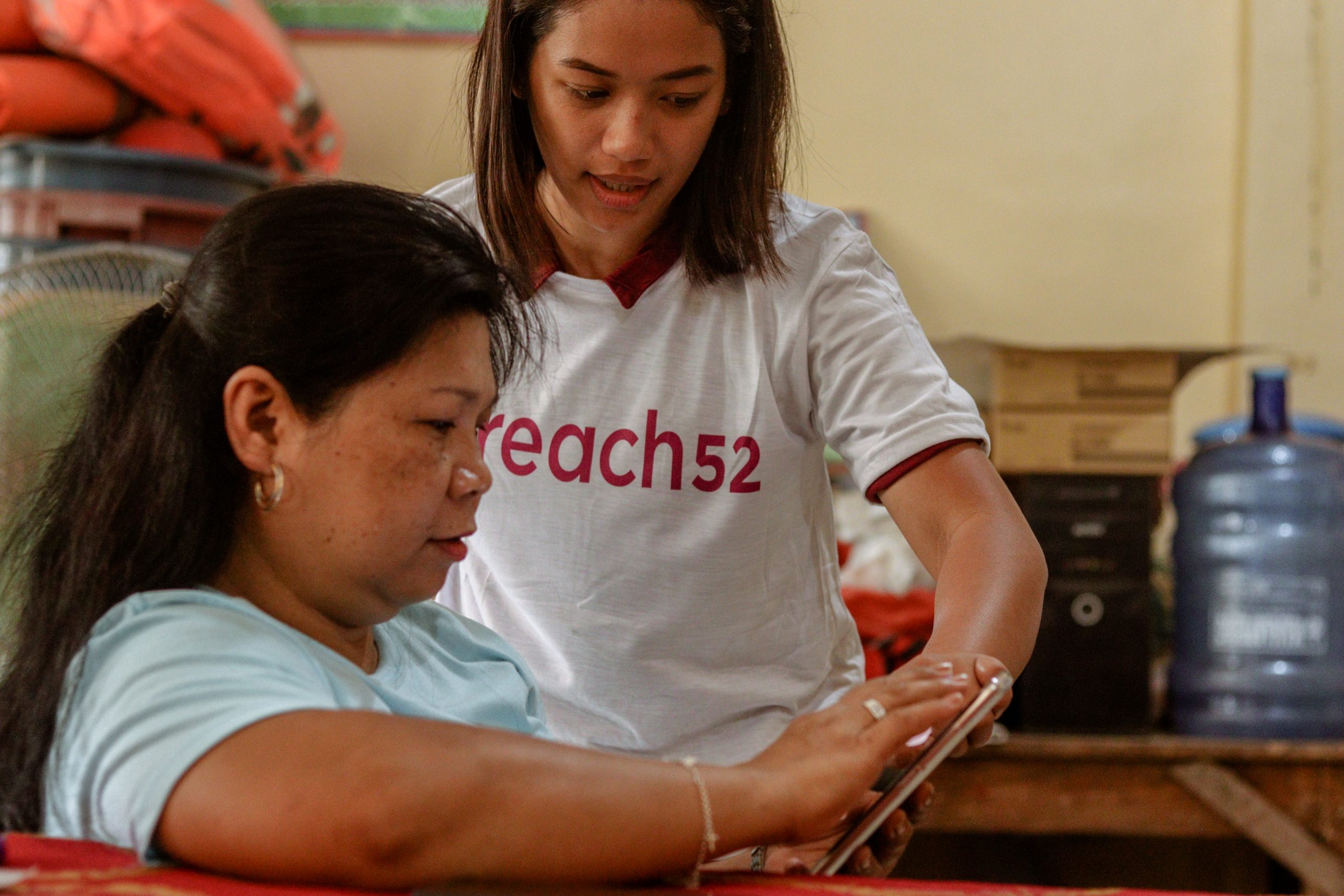The problem
Malnutrition poses a significant health challenge in Kenya, with more than a quarter of all Kenyan children under 5 who experience stunting due to chronic malnutrition, while almost 1 in 20 suffer from wasting due to acute malnutrition. Research suggests that less than 1/3 of pregnant women in Kenya are receiving Iron & Folic Acid (IFA) supplementation.
One of the critical barriers that impede progress is the shortage of healthcare workers. According to WHO, a projected shortfall of 18 million health workers is expected by 2030, mostly in low-to-middle income countries. Community healthcare workers (CHWs) bridge this gap and reach more residents in underserved communities.
Campaign objectives
A) To improve health indicators and outcomes for conditions associated with micronutrient deficiencies such as chronic and acute childhood malnutrition, along with micronutrient malnutrition among expectant mothers in target communities.
B) To increase health access thereby reducing malnutrition in non-urban areas through:
- Better trained health workers (henceforth referred to as reach52 Agents)
- Screening and awareness events
- Providing access to affordable nutrition products
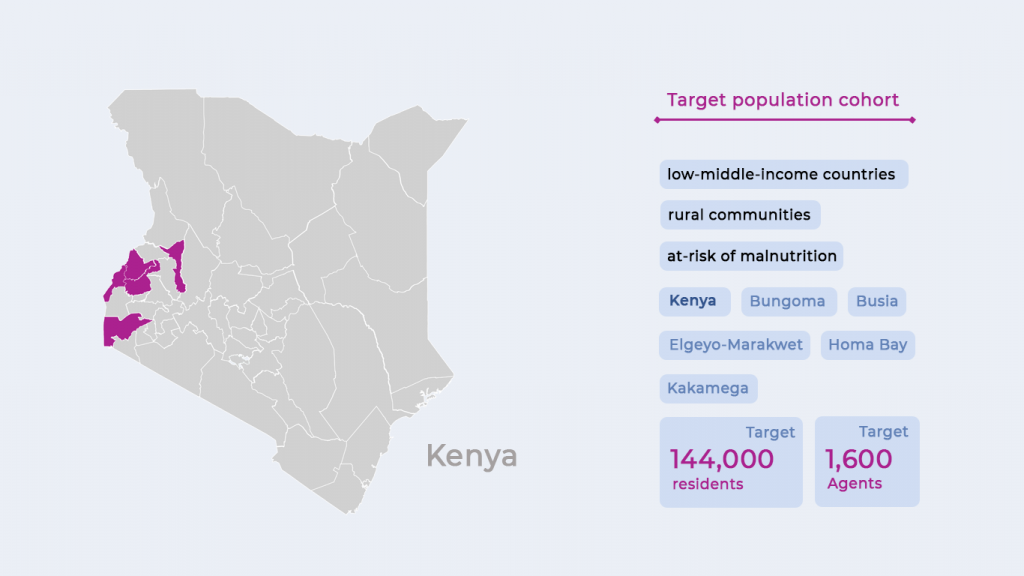
Train-the-trainers approach
Specifically for this project, reach52 launched its first virtual Training-of-Trainers model to equip our implementing partners and Hub Managers with the necessary training knowledge to adequately train Agents on-the-ground. The trainings covered tech training, equipping them with soft skills to ensure quality of trainings and open discussions on implementation.
Equipping Agents with reach52 access kits
Aside from training, Agents were equipped with reach52 access kits, which includes the reach52 access Android app, MUAC (mid-upper arm circumference) tape, face masks and hand sanitisers. Agents are taught how to engage and sign up residents onto our platform, take and interpret MUAC measurements.
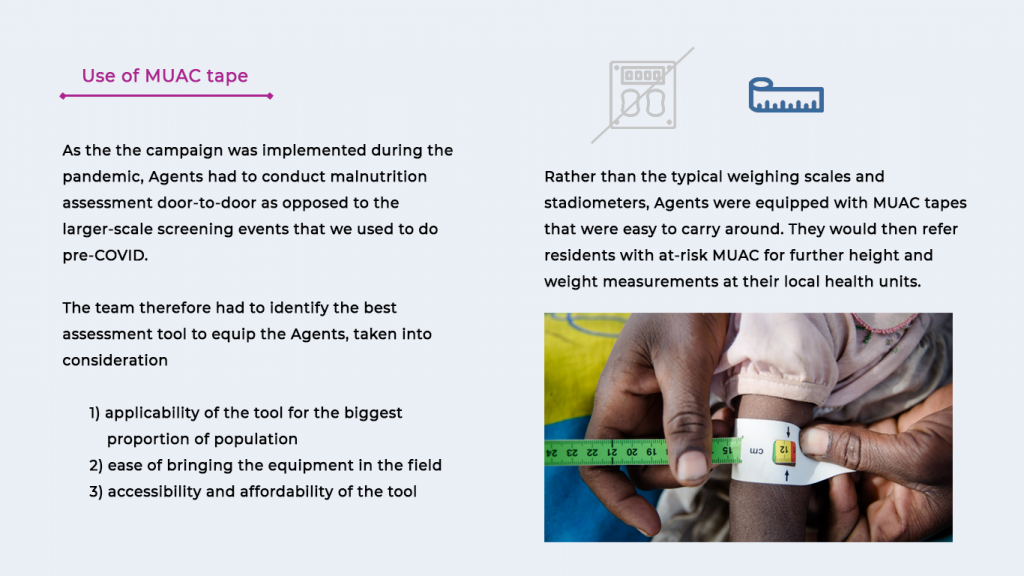
Empowering Agents with digital tools
- Updated the reach52 access app with an extensive list of questions (incidence of anaemia, daily fruit and veg intake, iodized salt consumption and monthly household income) used by Agents to profile residents
- Addition of MUAC measurement function in the app: once Agent records the residents’ measurements, the app generates an immediate interpretation, indicating if the resident is severely malnourished, moderately malnourished or has normal MUAC.
- One-stop platform for learning materials: Education module in app covering different categories such as General, Disease and Pandemic. Having this on hand helps provide verified information and supports to counter misinformation.
Growth Partner model
We partnered with local non-profits KMET and Ampath that recruit and manage Agents. This accelerates the growth and community adoption of our platform in a resource-lite manner. In turn, reach52 funds these partners with results-based payments for outputs such as onboarding new residents to our platform or marketplace sales.
Impact indicators
We target to train 1,600 Community Health Volunteers (CHVs) as reach52 Agents and conduct 144,000 engagements with residents. The campaign is on-going, and we will update on the impact achieved once the campaign is completed.
Insights
1) Growth Partner recruitment and selection
Through our initial experience working with smaller Growth Partners, we realised the importance of partnering with a Growth Partner that has the ability to scale and the experience in implementing more complex initiatives. The team increased focus on growth partner recruitment and selected two new Growth Partners, KMET and Ampath. Although these partners are larger, and required more time for contracting, set-up and ramping up; they hold the reputational and operational expertise required to implement the project.
2) Growth Partner management
Along the way, we made several changes to our Growth Partner management processes to better support and guide our partners. We observed that Growth Partners required additional support in interpreting, leveraging and making management decisions from the data collected through the reach52 app. Once these gaps were identified, several strategies were implemented. We initially provided them with weekly excel pulls of the data collected from Agents, but utilisation was low. To support them further, we created a visual aid for the data by designing a Growth Partner dashboard that highlights the key items required for Growth Partners, spotlighting the top and bottom performing Agents, and discrepancies in data quality from Agents. The dashboard was received positively, and Growth Partners have shown changes in using the data to support decision-making.
3) Training and engagements
While the training program showed successful outcomes in teaching the clinical information to Agents, the core challenges lie in training the Agents to feel comfortable using the reach52 Android app. To overcome this, we created a feature that allowed Growth Partners to create Agent accounts in real time during training, allowing them to train and onboard Agents onto the platform with greater ease. We also onboarded a technical support specialist to provide timely support to Agents that have technical questions in terms of accessing their accounts or syncing their resident data from the local server to the reach52 server. Lastly, we conducted technical update sessions with trainers to ensure they were confident in supporting Agents.
